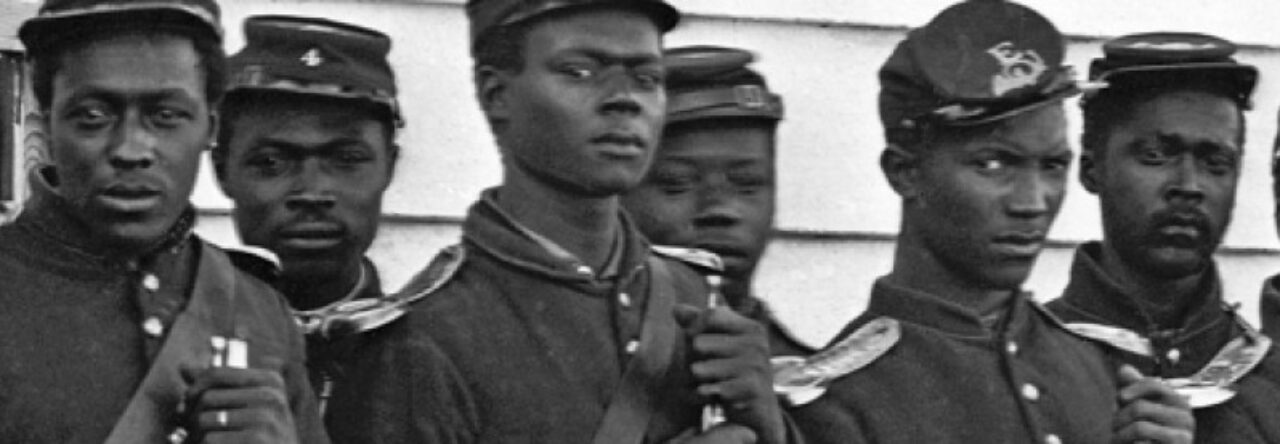21st Century Brings About Changes in the Study of History:
(A Brief synopsis of an Internal Struggle 😉
A little more than a century ago women were viewed by society as a whole as inferior, this fact is known throughout the world. I was raised knowing this, but yet little do I recall learning about famous women in history. There were short topics throughout my primary and secondary grade schools where an instructor spoke of Susan B. Anthony, Clara Barton, and of course Sacajawea. This may have been a good founding for a young woman growing up in the 20th century, but not good enough in the history classes of today. History has been, and seems to continue to be, a theatre of the story of man not the story of humanity. What is the difference? The difference is humanity encompasses all gender, race, religion, and culture. The history we have been taught is often one sided. One only needs to view one portion of American history to see this statement as true.
Only in the last few decades have we witnessed historians increasing the need to gather more knowledge of the roles and views of women, religion, and race throughout history.There is no doubt this has come about in large part, if not solely, from the ability to share information worldwide through the Internet. Without such advances in technology the role of women in American history would still be limited.
Beginning in the 1990s women studies was a part of many colleges throughout the United States. At least for me, the class was more or less about the role of women from the 1960s and beyond. It may not have been the ideal class, but it was a start on my journey to find equality in history. The Internet of the time was not nearly as helpful as it is today in its use as a discovery tool to our past.
Students and scholars are able to conduct research like never before. In the last decade, the history of the United States has taken on a new perspective. Use of terms such as historiography and presentism are now common within the discussions amongst history teachers. Pedagogy has changed. The role of women in history has changed. We now know the opinions, roles, and thoughts of women of the Civil War. This information has always been in existence, but it was unattainable to the majority of the population. Students who want to study the role of women in the American Civil War are now able to do so without the limitations that existed in the past.
There still remains a problem though; information is limited to what historians, biographers, and eyewitnesses have written. Much of the information is fragmented at best and discovery is difficult and time consuming. And, when we really evaluate the information, one must ask, how much of the information was written with a white male perspective? The best lens into the lives of women in the past is through their writings, and as the study of humanity continues and the use of the Internet continues to foster websites devoted to primary resources (research engines opposed to search engines), history will be understood in a broader perspective and with a deeper understanding of humanity of the past.
(Thanks to John Stuart Mill and his book co-written with his wife Harriet Taylor Mill entitled The Subjugation of Women and a certain professor who once expressed that he did not realize my potential)

janeapplebee
I hear you, Patricia. Yes indeed. And I agree that more importance is now being given to different voices, thank goodness. Although the internet does help so much in being able to find interesting women from the past, one thing I find is that the value placed on their writings historically, lesser, has meant that much of what might have been important was not preserved and curated and so is unavailable and unknowable to us. A pity, not least because my 8th grade girls need women! They are so much more interested and engaged when they are able to choose women to research. So I look for them for the girls.
One trip to Washington, I combed the National Portrait Gallery for women in the period of history known as the 8th Grade U.S. History Era -ie. 1750-1910 – to bring back to my female students. I found a few interesting people, but my prize possession, my glory and my delight, was a woman whose portrait was so androgynous – and drab – I didn’t at first know it was a woman. (She has also delighted Ruth Bader Ginsburg who has helped to resurrect her, and I do apologize in advance for this big build up if you already know her.) The woman in question is one Belva Ann Lockwood. That is all I am going to say. Check her out. She made me realize that even big 50 year-old girls like me still benefit and are energized by finding women to connect to history with.